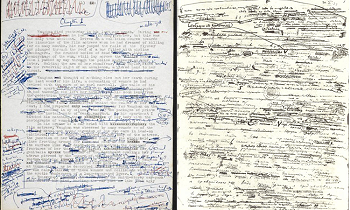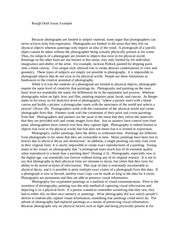
Other demographic factors in the use of a firearm in violent crime include education level, employment history, socio-economic status, and violent recidivism (Mclean & Beak, 2012). While blacks are at an increased risk of using a gun in a violent crime, whites are the least likely with Hispanics at the middle. According to Males (2015) research utilizing victimization data and official data from police crime records suggested that it is more likely for a black male to use and be the victim of violence where a firearm is used. Studies into race/ethnicity in violent crimes using firearms suggests that Blacks are more likely to possess, use, and be victims of a firearm crime as compared to the other races/ethnic groups in the American community (Stroebe, 2013 Males, 2015). That impies that gun is just but one cause of sucide but not the overall cause since, cases associated to it were minimal.Įthnicity. Each of the case study provides different results for observations made during varying time limits over the years.The data indicates that sucide cases that happened during the observation period were not all that were gun related. The study is a combination of quantitative and qualitative because it embraces other case studies in methodology section and statistical data useful in making decisions.

In the same research, it is further elaborate that, the only factor that differentiates frequency of violent offenders using firearm and frequency of non-violent offenders was gender, and men had the higher likelihood of being in the frequency violent using firearm offending group. Results for the research in Miami showed that males and young adults aged between 10 and 24 are at an increased risk of using a gun in homicide than their female counterparts (Stroebe, 2013).

The article is meant to investigate if their exists any relationship between firearm possession and gun-related suicides and homicidesnot just within the USA but in the entire world. While women in crime have criminal careers of less than a year and have a likelihood of one crime instance using a firearm, men, on the other hand, have the longest criminal histories and have the likelihood of recidivating into violent crime (Mclean & Beak, 2012 Hoskin, 2011). Men compared to women commit many more criminal acts. There is strong evidence that suggests there is more male firearm using offenders than females and thus, research has been more focused towards further exploring this phenomenon. Research findings however, pointed to the fact that the factors identified within the research were associated with predictive of repeat violent behavior. At the age of 40, the rate of violent crime was half its peak and at zero at the age of 65. The research findings were based on rapid evidence assessment designed to study evidence based factors whereby results are based on 53 studies and 7 databases. A specific study into violent crimes with a man as the perpetrator showed that the peak for violent crimes using a firearm was at a lesser age as compared to property crimes (Mclean & Beak, 2012).

Studies have also shown that there is a variation in the age-crime-curve depending on the type of crime. This is referred to as the age-crime-curve and has been developed based on the major parameters for measuring violent crime among them self-reporting, victimization, and conviction data.

According to McClean and Beak (2012), research findings have shown that for the majority of crimes where a firearm is used, the offender is mainly in the middle to late adolescence after which there is a sharp and permanent drop.


 0 kommentar(er)
0 kommentar(er)
